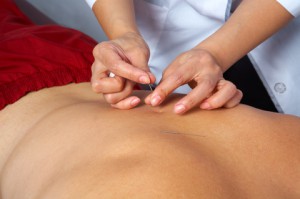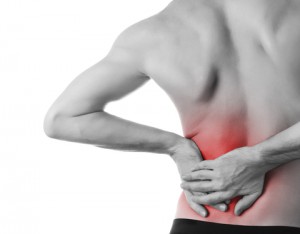Established chronic back pain, no longer coping

There will be a group of patients that have, up until recently, been self managing and coping with their pain. Unfortunately, for some reason, they may no longer be able to cope and a variety of reasons may account for this. If poor health behaviours or recurring discrete episodes of pain are present, attention needs to be given to both the triggering event and the underlying problem. An assessment needs to be undertaken looking at both pain and interference with activities of daily living. This may be achieved by taking or referring to the biopsychosocial history, and not forgetting the elimination of serious pathology.
Indications that patients may not be coping (not self managing) can include:
- losing time from work
- unable to sleep
- relationships affected
- reduced social activities
- depression
- anxiety, etc.
The goal is to try and manage the triggers and help the patient return to self-management rather than a return to taking tablets. The patient should be taught to recognise the difference in their usual pain, which may simply be increased in intensity, perhaps as a response to unpaced exercise or household chores for example, and a new pain, which they have never had before. Sessions with the practice nurse to develop an ‘emergency card’ where the patient makes their own plans for what they are going to do when they get an acute ‘flare up’ may be useful. The patient needs to practice what they will do so that their response to an acute phase becomes almost a habit. The points contained within a typical emergency card is shown in the box below.
| Major points for the Emergency card |
|---|
|

If the patient still fails to respond, they should be referred to a secondary care chronic pain clinic or more appropriately, where available, a community based pain assessment and management service. The composition of this team will depend upon the present set up within each of the 7 health boards but should reflect the fact that the patients will have already received 6 weeks of advice and reassurance plus up to a further 18 weeks of hands on treatment.
A community or primary care pain service, if available in your area, may include the following roles:
- to prevent in appropriate referral on to secondary care which medicalise the patient
- to provide accurate triage that correctly identifies the level of biopsychosocial intervention that is required and refer / intervene as appropriate
- prevent those presenting again at GP practice following attendance at an intensive pain management programme (PMP) from recirculating in the medical system by providing reinforcing self-management information and support
One of the principal recommendations of the NICE Guidelines is the provision of a comprehensive combined physical and psychological programme (CPP) for the management of patients who have persisting high levels of disability or psychological distress following at least one of the less intensive therapies (acupuncture, group exercise or manual therapy). A CPP is an intensive multidisciplinary programme based principally on group exercise therapy with a strong input of cognitive behavioural therapy and some input from other specialties. There are many types of CPP, which vary from pain management programmes to functional restoration programmes. These differ in the balance of the content and mode of delivery.
The type of comprehensive CPP programme recommended by NICE is not available in many areas, and implementation of the NICE guidelines is hoped to increase provision of such programmes throughout the NHS.
Delivery:
- this programme is intensive, most commonly delivered on a full time basis over a three-week period for 100 contact hours as recommended by NICE. Programmes may be residential.
Content:
- the graduated physical training includes aerobic training, periods of resistance training by the use of gym equipment or similar, and stretching exercises. Some programmes include occupational training such as lifting, pulling and simulated work postures
- psychological content includes cognitive behavioural therapy, counselling and pain management skills.This places an emphasis on self reliance, coping strategies and goal setting / problem solving
- treatment is predominantly delivered in group settings
- physical training forms the majority of the content of the programme
Venue:
- programmes can be delivered in large rehabilitation centres. It has been suggested that delivery outside health care premises may improve focus on increasing ability. The availability of a pool and gym is helpful
Resources for patients with established chronic low back pain:
- The Pain Toolkit http://www.paintoolkit.org/
- Expert Patients Programme
- VersusArthritis
- Living with Chronic Pain http://www.paincd.org.uk/
Back Care http://www.backcare.org.uk/

